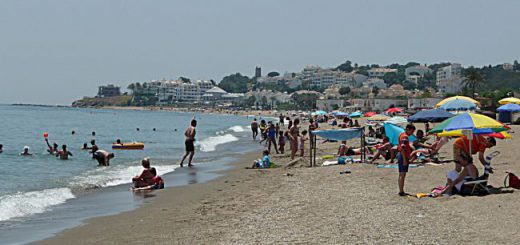European Funeral Traditions

Some of the earliest tombstones I have seen are the ones of some Roman soldiers on the island of Inishmore in the Aran Island group, Ireland.
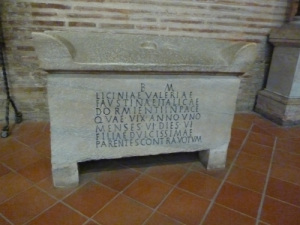
In early Christian times, some remains were placed in above ground tombs or sarcophagi, particularly those of important people, and even now in some cultures burial in Mausoleum crypts is the preferred option. The Basilica of Sant’Apollinare in Classe, outside Ravenna, Italy, houses many sarcophagi, including the poignant one of a Roman child.
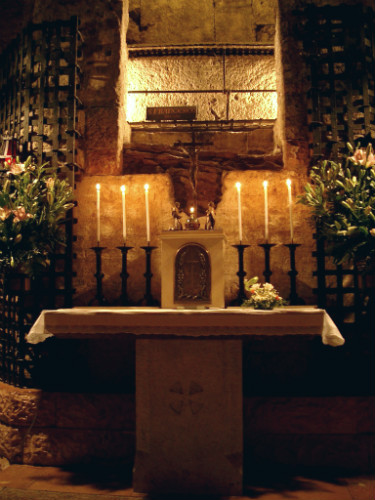
The Basilica of San Francesco d’Assisi in Assisi, Italy, contains a crypt under the lower basilica where the tomb of St Francis is enshrined in an open space above an altar.
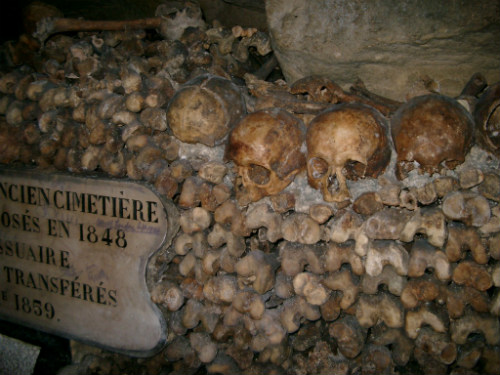
When the availability of land became an issue in church yards in France in the 19th Century, their solution was to exhume the remains and bury them in the Catacombs under Paris. It is possible to take a tour underground for several kilometres to see just a few thousand of the six million skeletons stored there. In many parts of Europe this practice still continues, with the bones being removed to an ossuary in a nearby city.
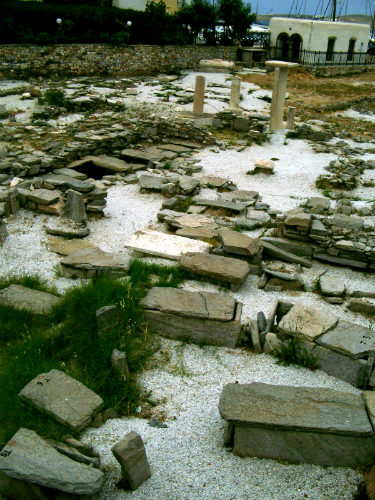
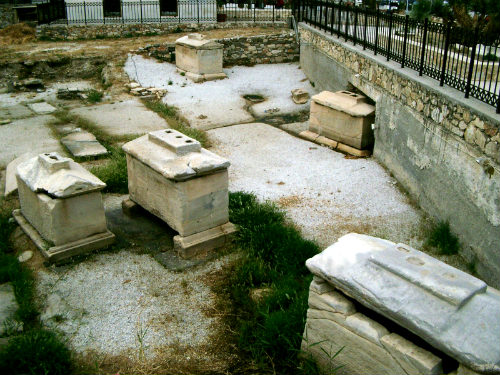
On the Greek island of Paros sarcophagi and flat slab tombs of ancient Romans have been excavated in the main street of the port.

In the Boyne valley, Co. Meath, Ireland there is a burial mound dating back to the Neolithic period (3200BC) which makes it older than Stonehenge or the Pyramids. Newgrange is known as a passage tomb and evidence of human remains have been found there, including cremated remains. However it holds a more significant position as a place of ceremonies, particularly in regard to the winter solstice.








